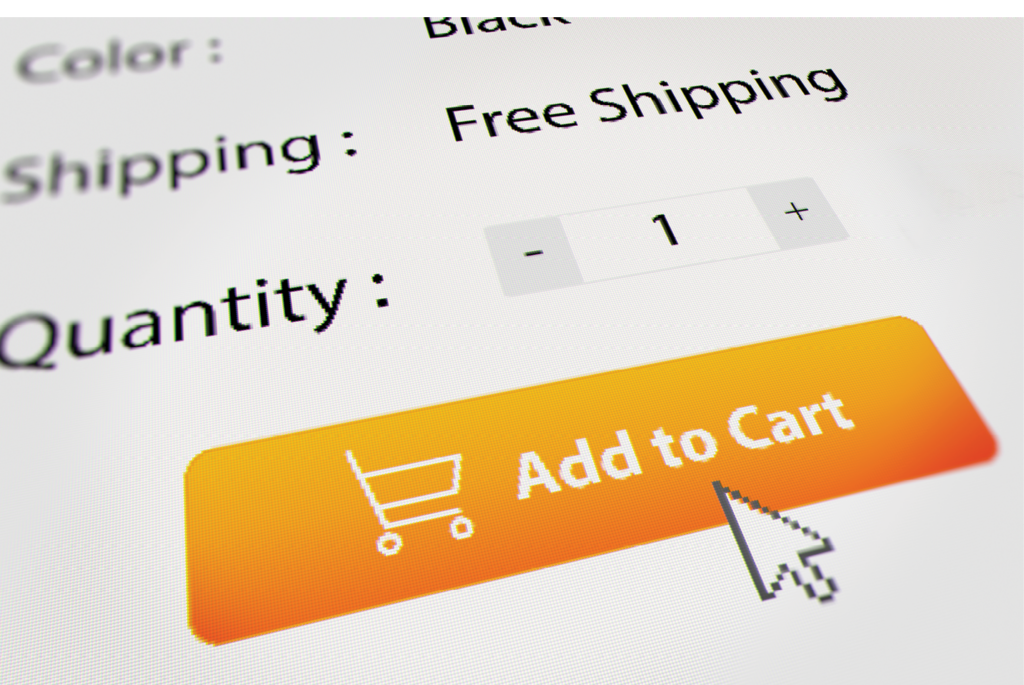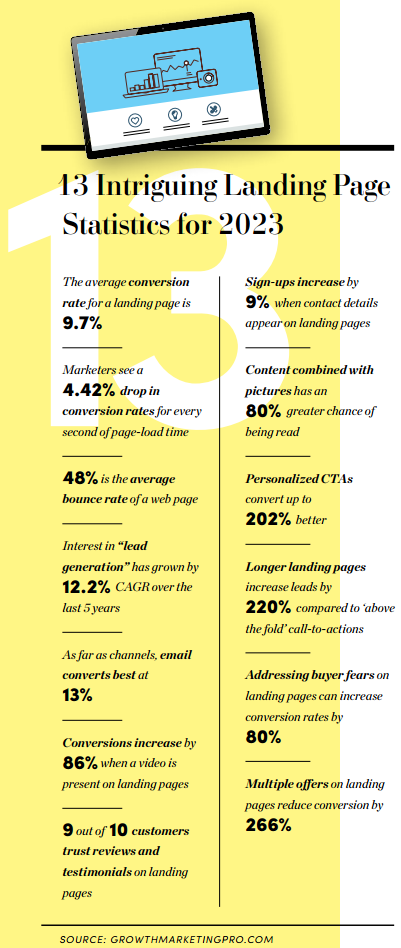4 simple solutions for solving online cart abandonment.

70% percent of online shoppers add a product to their cart then leave without purchasing. Will they come back? Why did they leave? How do you stop it?
The ever-evolving online shopping experience continues to present new challenges, even in the direct sales industry where business is still mostly done through building and leveraging relationships. But challenges also bring opportunities for solutions and innovations. That’s exactly what’s happening with the cart abandonment issue so many ecommerce businesses grapple with.
According to Shopify, brands lose an estimated $18 billion in revenue due to cart abandonment, reminding businesses that shopping is not the same as buying. In some ways, adding products to an online cart and then leaving is the online version of a customer saying “thanks, but I’m just looking.” The bright side: customers who abandon their carts at least are interested and taking some action.
“Consumers don’t throw items into their shopping cart at random,” says an article by Wiplash. “If they’re choosing to put a product in their cart, it’s because they have an interest in it.”

Why Do Customers Abandon Their Cart?
Before we dive into solutions, it helps to know why people leave their carts. According to research by Baymard Institute, the number one reason—by far—is that extra costs such as shipping, taxes, handling and other fees are too high. Seeing that final price update in front of your eyes can be off-putting. If there’s a free shipping offer for orders above a certain amount, many shoppers will add products to their cart just to reach the threshold needed for free shipping. It’s somewhat of an experiment. So, adding products to a cart is not a commitment. It’s just not the same as taking products to a store register and checking out with a live person.
Other top reasons why shoppers leave include having to create a customer account; not enough payment options; long delivery times; a complicated checkout process; and not trusting the website with personal and credit card information. All these challenges have been met with some effective and innovative solutions, particularly with direct-to-consumer brands. We’ll look at four of these solutions that are perfectly adaptable to the direct sales channel.
1. Subscriptions are on the Rise
From coffee to vitamins to pet food, today’s consumer is getting more everyday items shipped to them on a subscription basis. This model allows for higher customer retention, relationship building, rewards programs and more. Of course, it eliminates the need for customers to constantly return and place individual orders. Subscriptions essentially bypass the cart abandonment problem altogether. According to a study by PipeCandy, 75 percent of direct-to-consumer businesses were expected to offer subscriptions to their customers in 2023.
“You’re seeing a lot of interesting subscriptions these days,” shared Noah Westerlund, President at Now Tech, which markets a direct selling app to simplify and streamline ecommerce purchases. “They’re also very positive for our channel because it means that the consumer is no longer afraid of the idea of an auto-ship.”
2. Simplify Your Checkout Process
According to Drip.com, the average online checkout flow has 23.5 form elements and 15 form fields. That can be a headache to navigate. A complicated checkout process is the enemy of mobile experiences, as mobile users abandon carts 85.7 percent more than desktop users. The site also says checkout optimization can increase conversions by 35.6 percent.
In an era of one-click purchasing, less is more, according to Nirav Sheth, the creator of Awesome Checkout. “If shoppers have committed to buying a product, your job is to get them through checkout as swiftly as possible. To do so, ask as little of them as possible,” he explained.
Forcing customers to create an account is one of the biggest turnoffs. The Baymard Institute says 24 percent of U.S. online shoppers abandon one or more shopping carts due solely to forced account creation. Including a guest checkout should be an option—and perhaps the default one. Baymard also found that 47 percent of companies do not make guest checkout the most prominent option. This is especially important for first-time buyers.
“Brands lose an estimated $18 billion in revenue due to cart abandonment, reminding businesses that shopping is not the same as buying.
The payment experience of the checkout process can be an issue of its own. Watching tax and shipping costs increase the total price in front of your eyes is unique to online shopping. Some direct sales companies are opting to include a flat-rate shipping cost baked into their product pricing. But even with free shipping, customers expect quick delivery. According to a Supply Chain Quarterly report, 62 percent of shoppers expect their orders to arrive in less than three business days when choosing free shipping.
Customers also want more payment options. Using third-party platforms such as PayPal, Apple Pay and Amazon Pay, and even allowing some crypto currency options, gives customers a more customized experience. These options don’t require them to keep entering sensitive payment information. They’re also more friendly for international shoppers. It’s much smoother when you can buy with just a few clicks.

3. Utilize Targeted Landing Pages
Many direct selling websites are falling behind ecommerce trends because of one main reason: the online shopping experience often includes the entire product inventory. It requires a lot of clicking and searching. People get lost or overwhelmed. The experience can cause them to just give up, even if they’ve added products to their cart. Some companies are incorporating more targeted landing pages marketing individual products. And because these have individual URLs, it’s easy for distributors to share those links.
“It’s a single product, super easy to purchase,” Westerlund said about the effectiveness of landing pages. “When you go to the landing page, there’s just an offer around that, and there might be a sale after you purchase. That’s what consumers have become used to when getting introduced to a product. I click the link and go to a page where the decision is: to buy or not to buy.”
While the average conversion rate of a website is between 2 and 5 percent, Growth Marketing Pro says the average conversion rate for a landing page is 9.7 percent. According to KhrisDigital, longform landing pages can generate up to 220 percent more leads than a typical website. Targeted landing pages help tell a larger story and market a single product in multiple ways, whether it’s through videos, customer reviews, testimonials, countdown clocks or tutorials. They’re more highly focused on how the featured product solves specific problems. Using videos on landing pages can improve conversions by 86 percent. Another benefit: the checkout process is streamlined. “On a local landing page, you enter your name, your payment—and boom—you’re done. You’re out the door and on your way,” Westerlund added.
All these factors make a landing page a more effective purchasing experience instead of a traditional shopping experience. In short: your website might be for shopping, but a targeted landing page is for purchasing.
4. The Secret Weapon of Remarketing
Remarketing is one of the most dynamic cart abandonment solutions being implemented right now. Simple strategies include follow-up emails with a limited-time discount to complete the purchase or various communication channels reminding you that you “left something in your cart.” Savvy customers familiar with these types of discounts intentionally abandon their carts just to test promotional offers. But more sophisticated and effective methods are evolving the online customer experience.
Remarketing is a much more targeted experience than traditional online shopping. Current technologies tell companies who landed on a page, where they scrolled to, how long they stayed, if they started the checkout process and can send follow-up offers or up-sells. Online tracking pixels from ads “follow” users online for a certain time as they use social platforms and websites, showing different versions of an ad or even marketing related products.
“If you look at all these network marketing companies, they’re all still using a full-blown shopping experience,” Westerlund shared. “They could get leads and distribute those to individual distributors and let them follow up. But the most powerful thing would be giving a distributor access to the longform landing pages and then provide remarketing activities to the distributor.”
Distributors could follow up with a one-time coupon code, product combo offer, additional product info—whatever best fits the action the potential customer took. The credit, and commission, is still tied to the individual distributor.
“Build these acquisition and remarketing systems with attribution in mind,” Westerlund explained. “You’re working hand-in-hand with the distributor. You’re going to gain trust. You’re going to drive sales. And you’re going to take advantage of the benefits of network marketing rather than get held back by them.”
From the April 2023 issue of Direct Selling News magazine.

